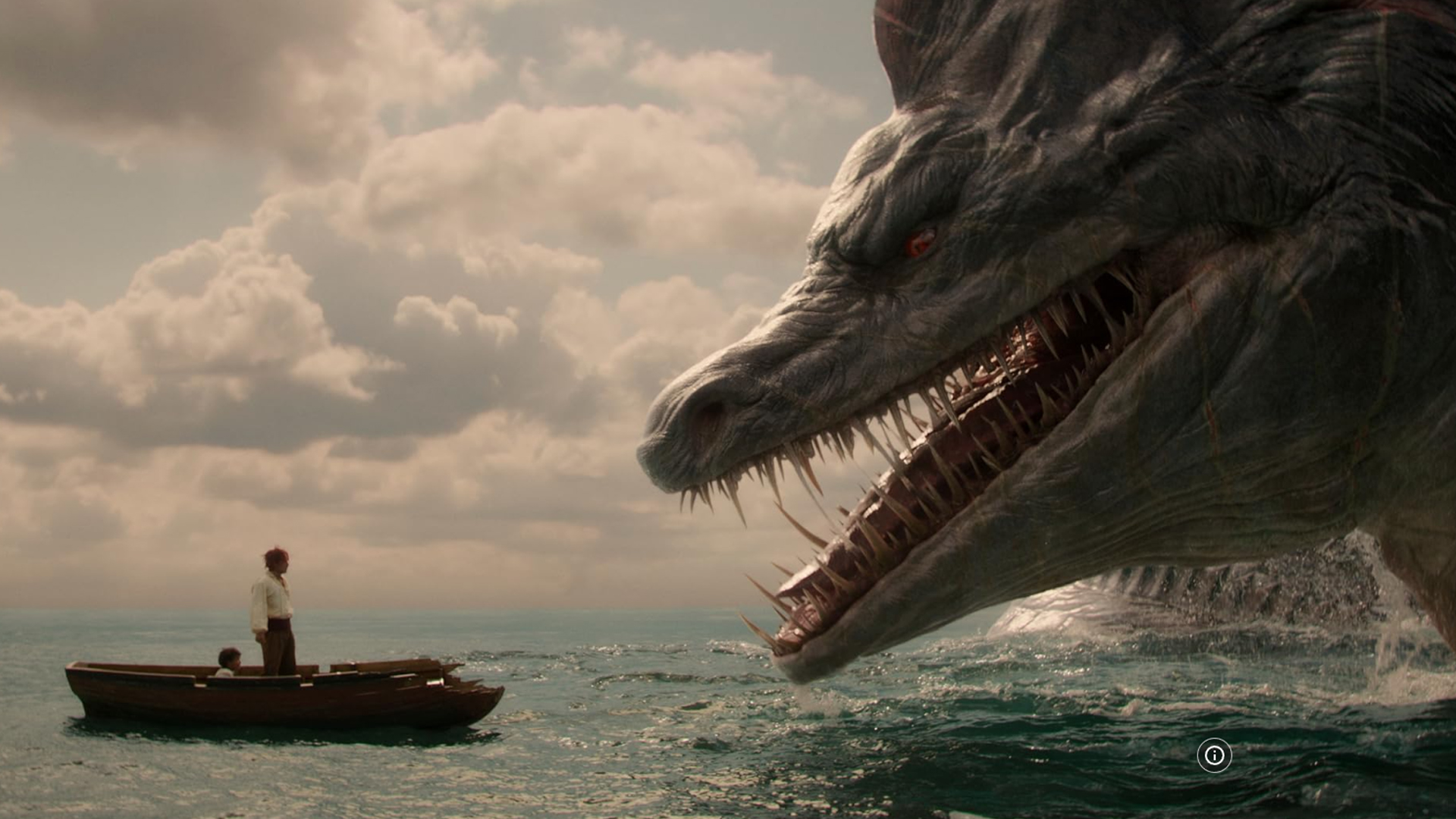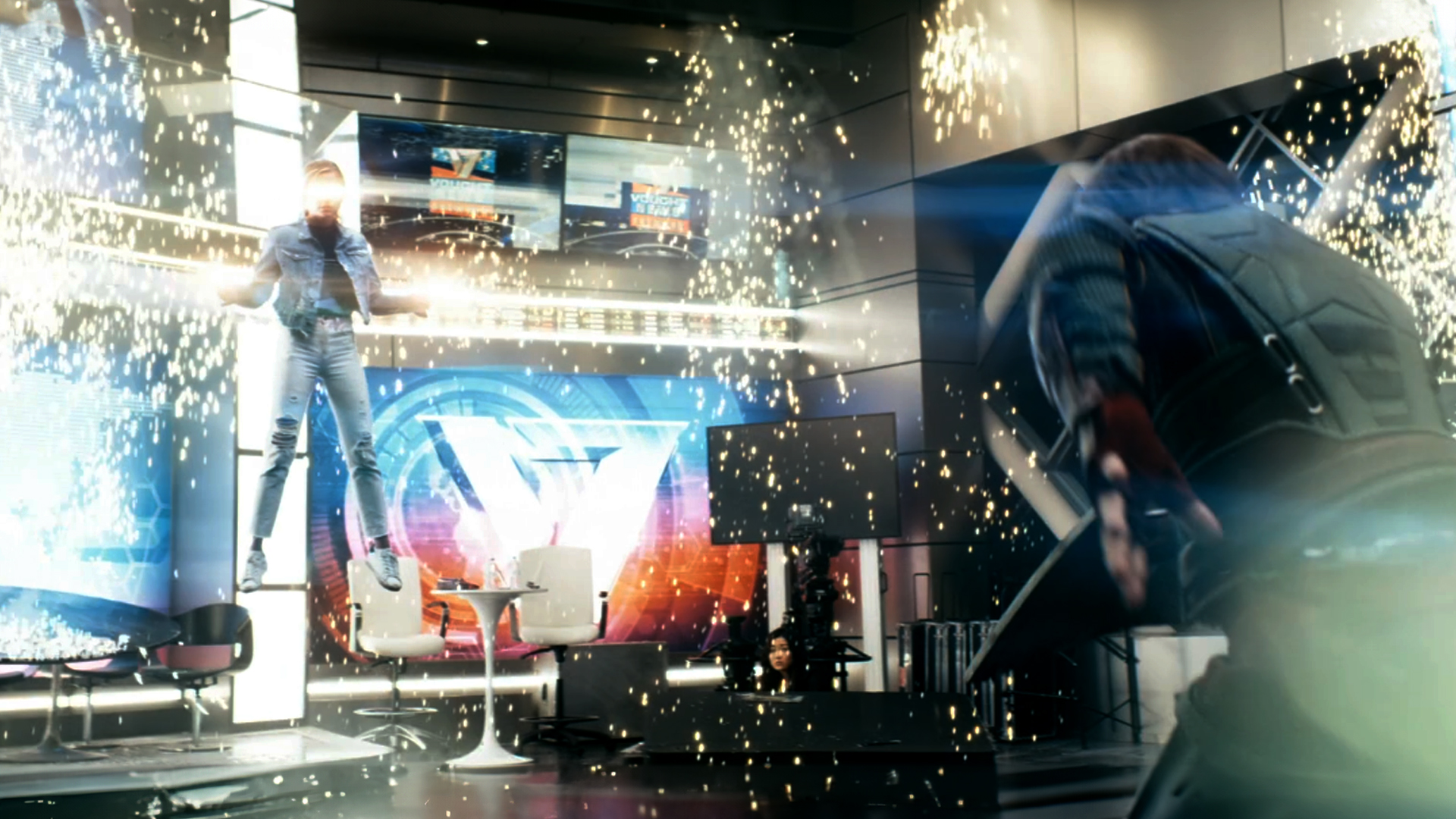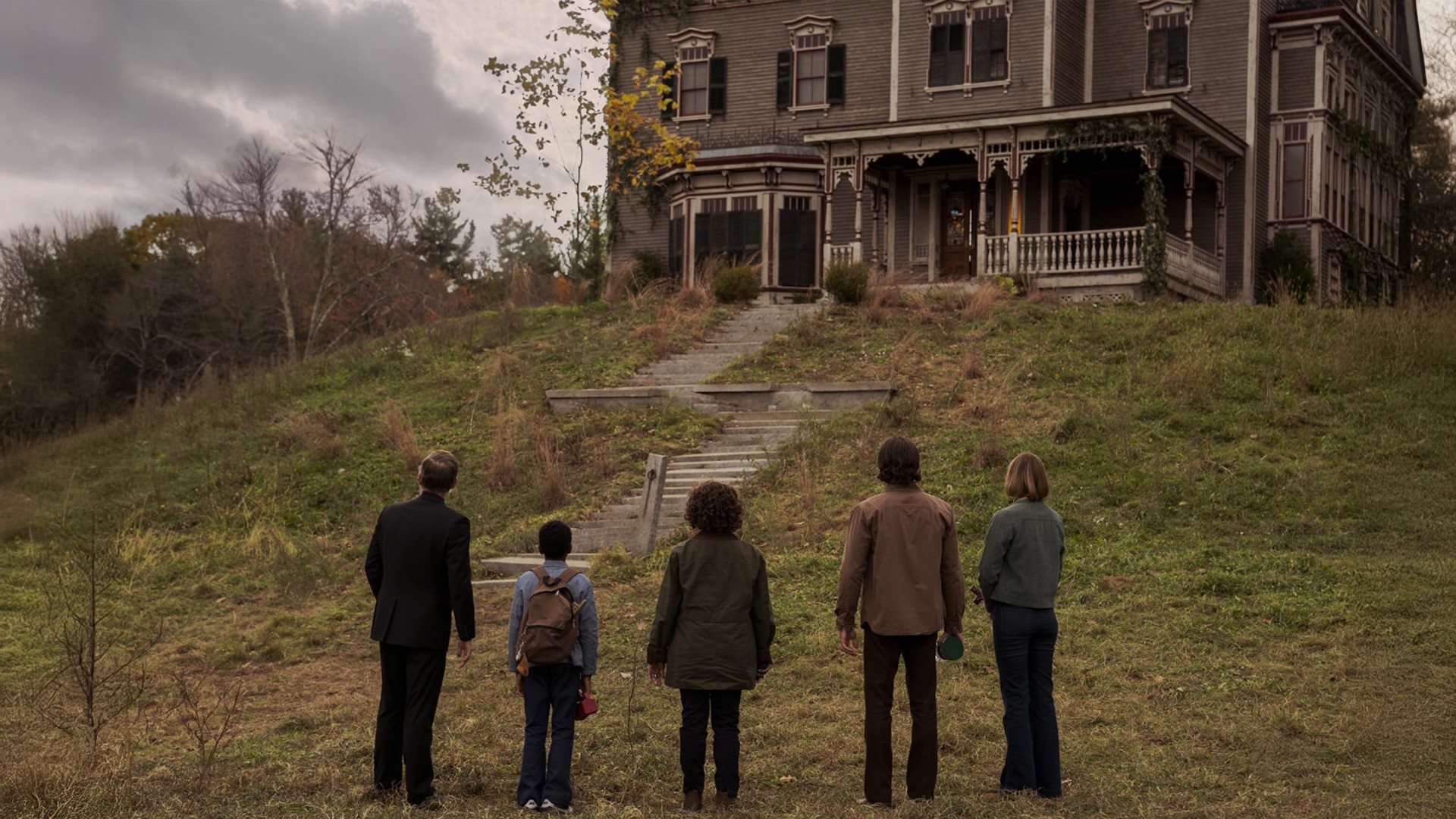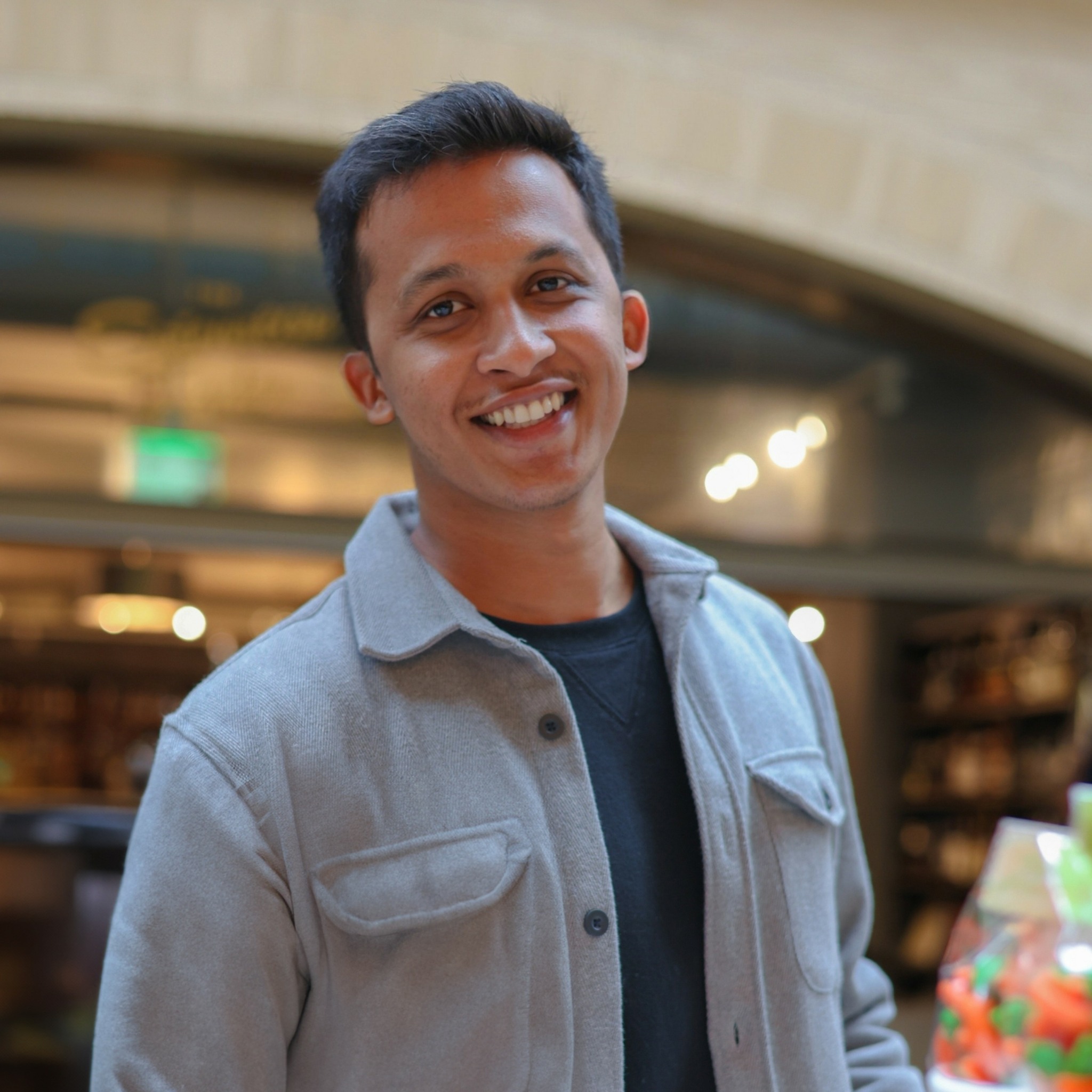Today we’d like to introduce you to Kalpak Deshmukh.
Alright, so thank you so much for sharing your story and insight with our readers. To kick things off, can you tell us a bit about how you got started?
My path to becoming a VFX artist wasn’t a straight shot, it was more of a winding road filled with discovery and growth. I’ve always been fascinated by the ability of movies, TV shows, and games to immerse audiences in entirely new worlds. But as a kid, I didn’t know that creating these experiences could be a career option.
Initially, I pursued software engineering, drawn to the logic and creativity of technology. During this time, I stumbled into video editing and motion graphics. What started as a fun side project soon turned into something much bigger. I was editing videos for events, festivals, and even live sports broadcasts. This hands-on experience gave me a glimpse into how technology and creativity could come together to tell a story.
The pivotal moment for me came when I worked on large-scale live events like the FIFA U-17 World Cup and Justin Bieber’s Purpose World Tour. These events gave me a front-row seat to the sheer scale and artistry of visual storytelling. I knew then that I wanted to explore the visual effects industry further, so I made the leap and pursued a Master of Fine Arts in Animation and Visual Effects.
Since then, I’ve had the chance to work on some amazing projects, from epic space battles in The Orville to intense, larger-than-life moments in The Boys and even subtle, seamless effects in Abbott Elementary. Each project has been unique, pushing me to learn, adapt, and grow.
Looking back, my journey has been about following curiosity and embracing challenges. It’s been a rewarding ride, and I’m excited to see where this creative adventure leads next.
Alright, so let’s dig a little deeper into the story – has it been an easy path overall and if not, what were the challenges you’ve had to overcome?
Not at all, it’s been anything but a smooth road. Like most creative careers, my journey into VFX has had its fair share of challenges, and each one has taught me something valuable.
One of the earliest hurdles was transitioning from software engineering to a creative field like VFX. While my technical background gave me a solid foundation, I had to completely shift my mindset and skill set. Learning complex software like Houdini and Maya was daunting at first, especially since I was surrounded by incredibly talented artists who had years of experience. Imposter syndrome was very real in those early days, but it pushed me to work harder and stay committed.
Another significant challenge was navigating the industry’s fast-paced nature. Deadlines in VFX can be intense, with long hours and high expectations. Balancing creativity with technical precision under pressure was something I had to learn quickly. There were moments when I questioned whether I could keep up, but over time, I developed strategies to manage stress and maintain focus.
Breaking into the industry itself wasn’t easy either. It’s highly competitive, and landing those first few opportunities required persistence, networking, and a lot of patience. There were times when I faced rejections or felt stuck, but I reminded myself that every step, no matter how small, was progress.
Looking back, those struggles were necessary to get to where I am today. They taught me resilience, adaptability, and the importance of continually learning. The road wasn’t smooth, but it’s the bumps along the way that make the journey worthwhile.
Thanks for sharing that. So, maybe next you can tell us a bit more about your work?
As a VFX artist, my work revolves around creating visual effects that bring stories to life in ways that traditional filming can’t achieve. I specialize in simulations—things like water, fire, explosions, and other dynamic elements—but I’ve also worked on everything from subtle environmental effects to large-scale CGI sequences. My goal is always to create effects that feel authentic and seamlessly integrated into the world of the story.
I’ve had the privilege of working on some incredible projects, including One Piece, The Boys, The Orville, and Abbott Elementary. Each project has been unique, but what I’m most proud of is the CGI human sequence I helped create for One Piece. It was a massive undertaking with 18,000 characters in a single scene, and seeing how it came together on screen was incredibly rewarding.
What sets me apart, I think, is the combination of my technical and creative backgrounds. Coming from a software engineering foundation, I have a strong understanding of the technical side of VFX, which helps me approach challenges analytically. At the same time, my passion for storytelling and creativity drives me to push boundaries and experiment with new ideas.
I also believe in being adaptable. The VFX industry is constantly evolving, and I’ve made it a point to stay ahead of the curve by learning new tools and techniques. Whether it’s diving into real-time rendering or exploring virtual production, I’m always looking for ways to grow and bring something fresh to my work.
Ultimately, what I’m most proud of is being part of a team that helps bring stories to life. Knowing that my work contributes to moments that resonate with audiences worldwide is what keeps me inspired and motivated.
What sort of changes are you expecting over the next 5-10 years?
The VFX industry is set to evolve significantly over the next 5-10 years. Real-time rendering and virtual production are streamlining workflows, allowing filmmakers to see and adjust effects instantly. AI and machine learning are automating repetitive tasks like rotoscoping and object tracking, freeing artists to focus on creativity.
The rise of immersive media—like VR, AR, and mixed reality—is expanding opportunities for VFX beyond traditional screens, while the demand for high-quality streaming content continues to grow. This means more work for VFX artists but also tighter deadlines.
Sustainability and remote work are becoming priorities, making the industry more inclusive and flexible. These trends, combined with advancements in tools and technology, promise an exciting future for VFX, filled with new creative possibilities.
Contact Info:
- Website: https://www.imdb.com/name/nm13683084/
- LinkedIn: https://www.linkedin.com/in/kalpakdeshmukh/






